Related Flashcards
Cards In This Set
| Front | Back |
 Large (30-74 cm long) and ugly, with its flattened head and waxy fold of skin along the sides. |
 Hellbender |
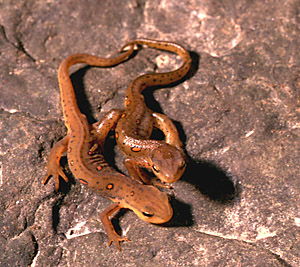 Adults are aquatic. In the red spotted form, spots are bordered with black. They are often seen swiming or walking about on the bottom in clear water. |
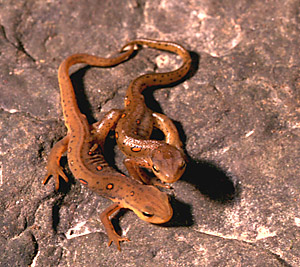 Adult Eastern Newt |
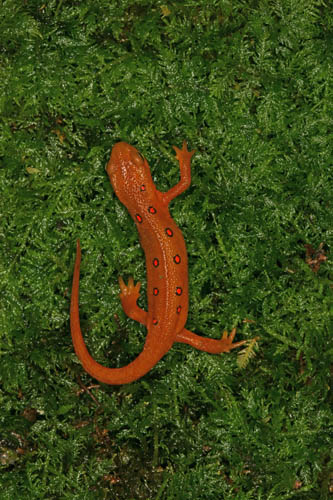 Young Eastern Newt |
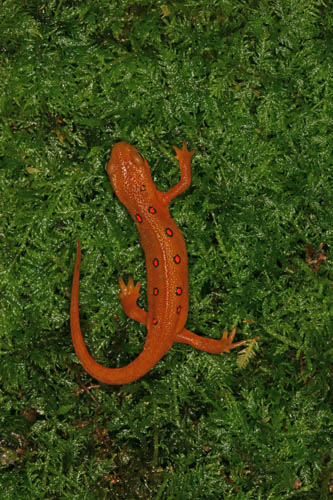 Known as red efts, they are terrestrial and wander about moist woodlands for 1 to 3 years before returning to water to become adults. |
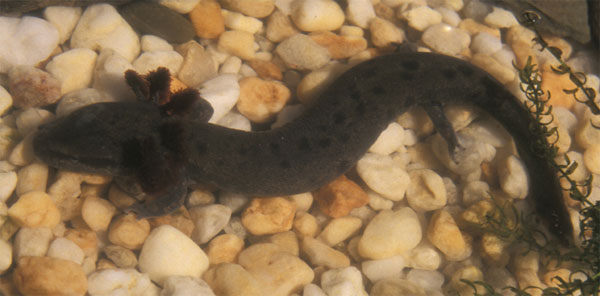 Mudpuppy |
Necturus. This large aquatic salamander is gray or brown and usually marked with scattered spots.
|
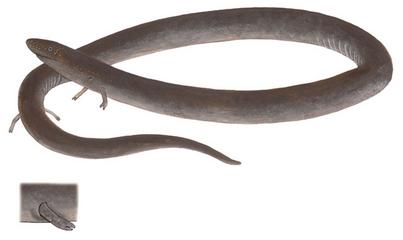 Two Toed Amphiuma |
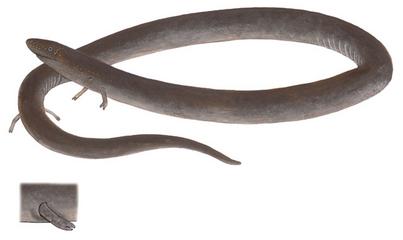 Known locally as the congo eel or ditch eel, This may grow up to be 117 cm long and has a reputation of biting viciously. Tiny legs appear useless. |
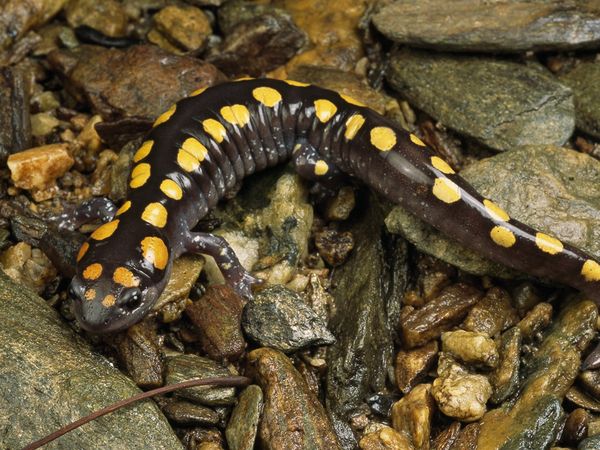 Spotted Salamander |
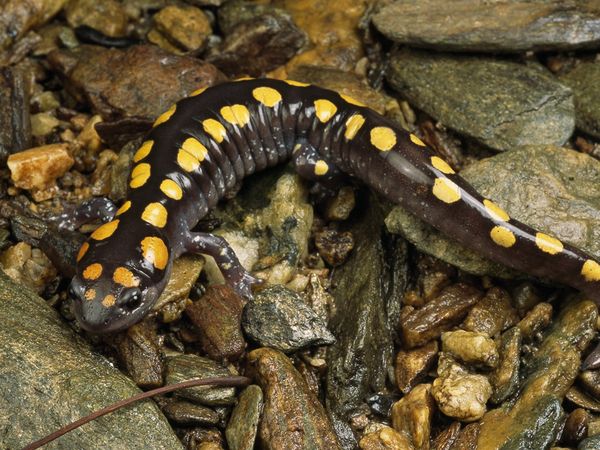 Easy to identify by the pattern of spots, this species normally lives in burrows underground and is seldom seen except during the winter or early spring breeding season, when it congregates at woodland pools. |
 Tiger Salamander |
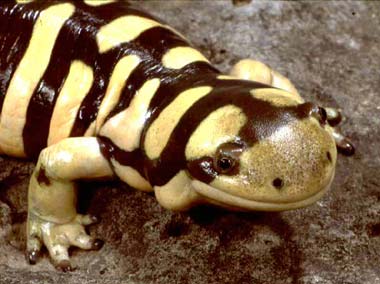 The profuse spots are highly variable in pattern. |
 American Toad |
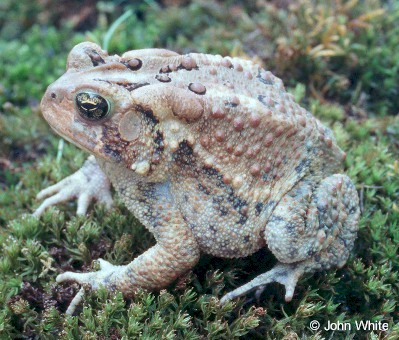 This has one or two warts in each dorsal spot. Dry, rough, warty skin. |
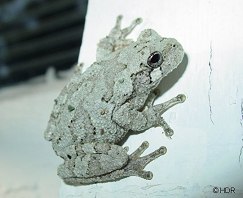 Gray Tree Frog |
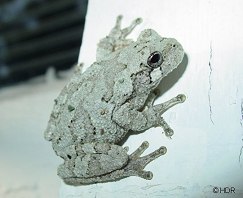 These large frogs have warty skin, conspicious toe discs, and whitish spots below the eyes. |
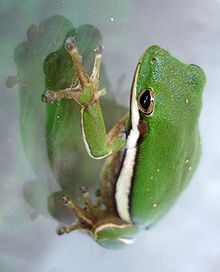 Green Tree Frog |
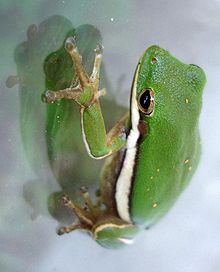 The stripe may be reduced or lacking in some individuals. Calls are belly-like. The toe discs of these permit them to cling securly to any surface. |
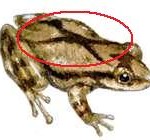 Spring Peeper |
This widely distributed tree frog can usually be identified by its X LIKE MARK ON BACK. It's birdlike call is most often heard in early SPRING.
|
|
Little Grass Frog
|
The smallest frog in north america.
|
|
Bullfrog
|
Largest American Frog.
|
|
Pickerel Frog
|
The squarish spots on the dorsal surface.
|
|
Leopard Frog
|
The northern and southern species are very closely related. Look for more of a rounded head i the northern species and a pointed one in the southern species. Wander a distance from water.
|



